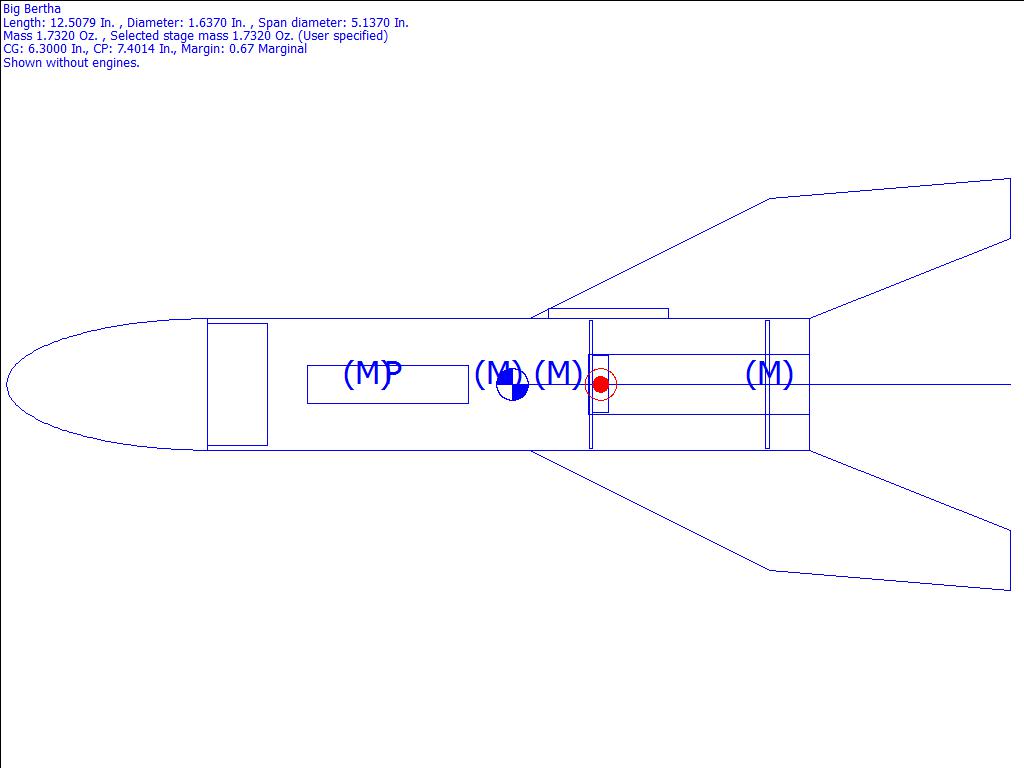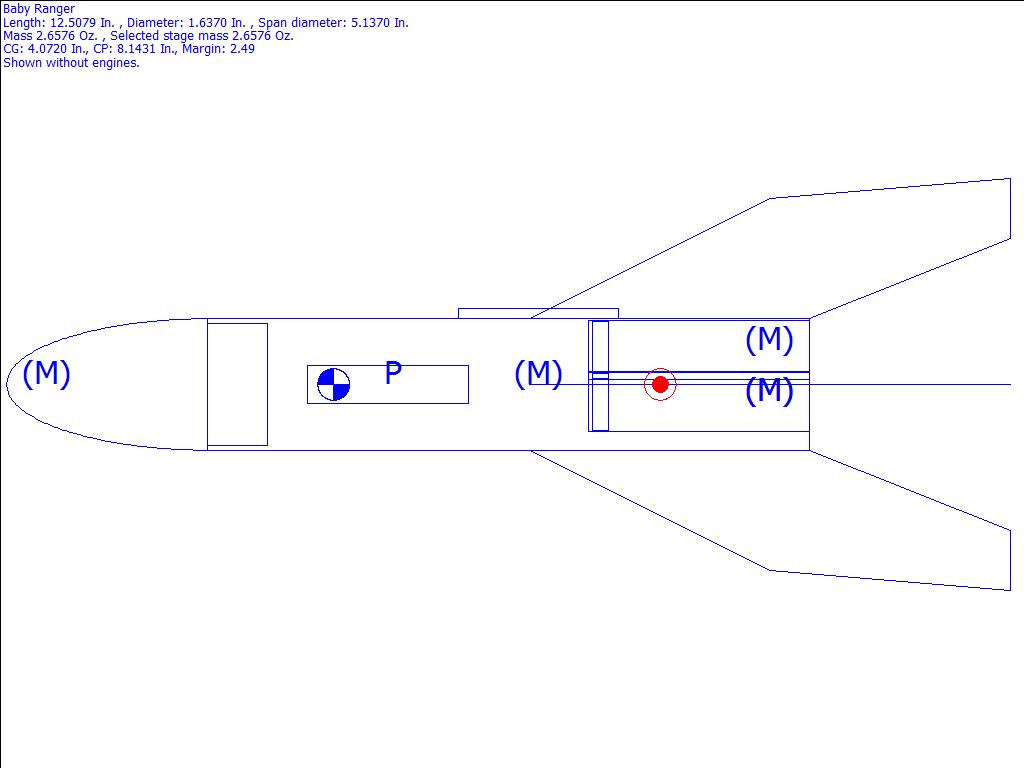RKeller
Well-Known Member
- Joined
- Jul 31, 2014
- Messages
- 1,055
- Reaction score
- 24
I just built a 3" Baby Bertha and I'm trying to make sure I get the CG correct without adding a ton of weight to the nose. what's odd is my estes baby bertha has a CG barely in front of the CP but seems to fly well. is this typical for baby berthas? any chance you could load in a motor and see where yours actually balances for me? mine balances on the fins 3/4" back from to front tip of the fins.
here is my build on the MPR page https://www.rocketryforum.com/showthread.php?69331-3-quot-bertha-nose-cone-is-now-a-build-thread
here is my build on the MPR page https://www.rocketryforum.com/showthread.php?69331-3-quot-bertha-nose-cone-is-now-a-build-thread





